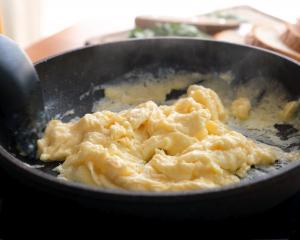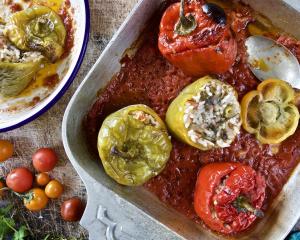
With grocery prices at an all-time high, a good 1kg block of cheese under $10 is hard to find, with consumers complaining of stock availability or taste issues.
The new Countdown/Woolworths-branded “Everyday Cheese” was described as “moreish” and “actually pretty yum” by beer and cheese connoisseur Kieran Haslett-Moore on former Twitter platform X.
After initially describing the new entry-level offering as having an aroma of “rubber and wet togs”, former cheesemonger Haslett-Moore said the cheap block was “buttery rather than waxy” with a nice umami flavour. “Moreish.”
Haslett-Moore pointed out most supermarket mild cheeses of similar quality cost about $18.
The $10 cheese also got the attention of members of the Cheaper Ways NZ Facebook page members, who said it was a relief to have a $10 everyday option.
Some were quick to point out the availability of the $9.90 Pams brand colby, edam and mild 1kg block from Pak’nSave.
But: “Not everyone can get to Pak’nSave,” one pointed out.
Another said she often bought cheese for the same price from New World and Pak’n’Save but wanted to do a comparison.
“Gone down a great with the kids tonight,” she said.
In another sign that the price of cheese could be coming down, Pak’nSave this week dropped the price of the Pams-branded 1kg block to $8.99 - the cheapest it has been for two years.
One shopper spoken to by The New Zealand Herald said it was good to see the lower prices, but added: “Sadly you get what you pay for with the cheaper cheeses.”
“They are often waxy and lack flavour.”
The current cost-of-living crisis had hit the dairy aisle in the supermarket hard, with butter, milk and cheese all increasing in price.
The $10 cheese has been described as having better flavours than others at the same price point.
In May 2022, a block of tasty cheese by Mainland reached a price of $21 for a 1kg block. It has since dropped to the current price of $19.
The household living costs price index shows inflation faced by the average household in the 12 months to June was 7.2 percent - more than a percentage point higher than the Consumers Price Index at 6 percent.
The main contributors to higher living costs for the average household were higher interest payments (up 28.8 percent) and grocery food prices (up 13.2 percent).
Many blame high prices on a lack of competition in the grocery sector, where the main supermarkets are owned by two companies.
For two decades, New Zealand’s supermarket sector has been a duopoly, dominated by Foodstuffs and Woolworths.
New Zealand’s Countdown supermarkets are rebranding to Woolworths, in keeping with the Australian brand.
A Commerce Commission market study into the grocery industry showed major supermarkets were earning excess profits of around $1 million a day.
The job of the new grocery commissioner would be to ensure “increased competition in the grocery industry, and for the benefit of Kiwi consumers.”













